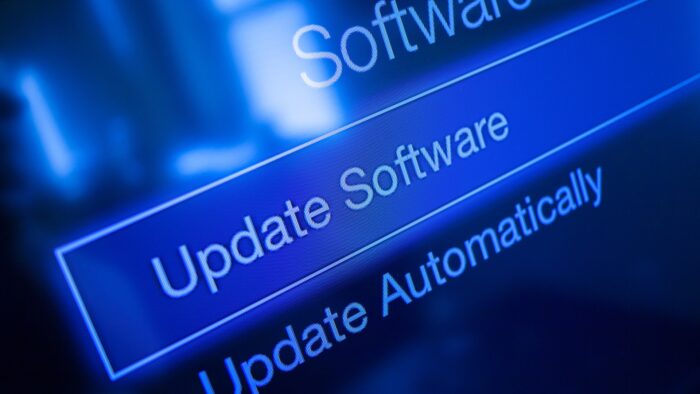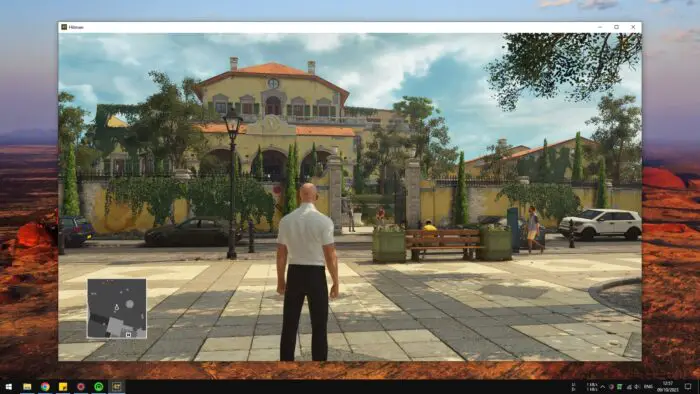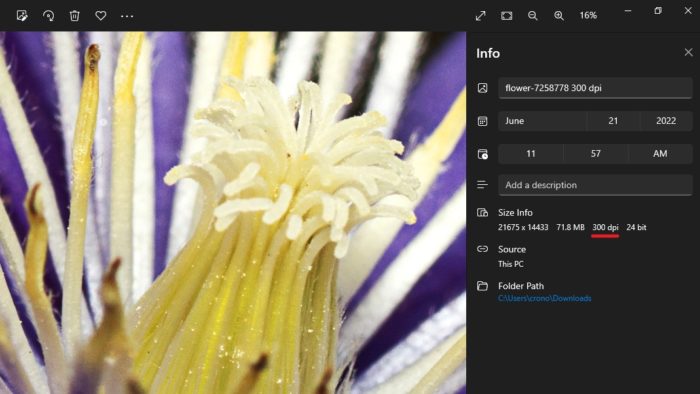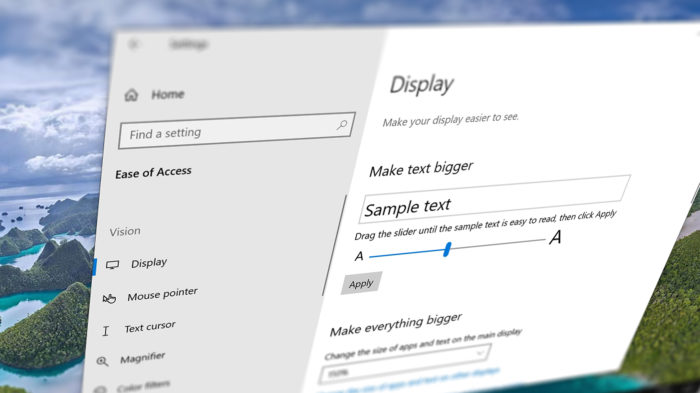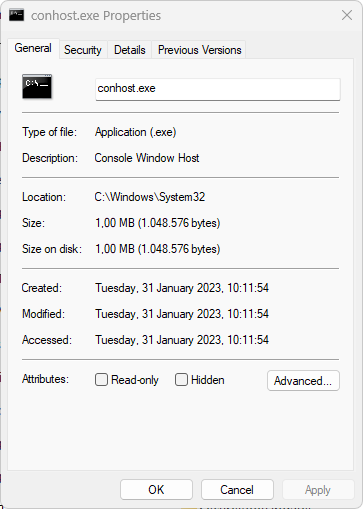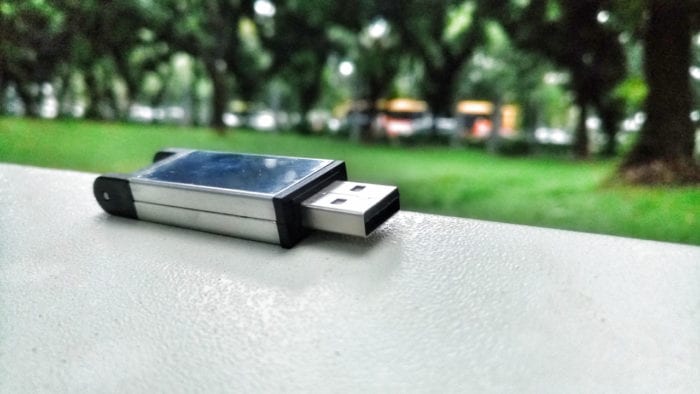Keeping your Windows 10 computer up-to-date with the latest updates is important to ensure you have the newest features, security enhancements, and bug fixes. However, sometimes the update process doesn’t go as smoothly as we’d like.
In this comprehensive tutorial, I’ll walk you through the entire Windows 10 update process, troubleshoot common issues you may encounter, and provide tips for a successful update.
Table of Contents
Checking for Updates
The first step is checking whether there are any pending updates for your version of Windows 10. To manually check for updates:
- Click on the Start menu and select Settings.
- Click on Update & Security.
- Click on Windows Update on the left sidebar.
- Click on Check for updates. Windows will now check for any available updates.
If there is an update available, Windows will automatically start downloading it. The update will require a restart to complete the installation.
Pro Tip: You can also set Windows to automatically install updates by toggling on the “Automatically download updates, even over metered data connections (charges may apply)” switch under Windows Update settings.
Troubleshooting Update Issues
If Windows encounters an error while trying to install an update, don’t panic. Here are some troubleshooting steps you can take:
- Run the Windows Update Troubleshooter:
- Go to Settings > Update & Security > Troubleshoot > Additional Troubleshooters.
- Under Get up and running, select Windows Update and click Run the troubleshooter. This will diagnose and automatically try to fix common Windows Update problems.
- Reset Windows Update Components:
- Open Command Prompt as Administrator.
- Enter the following commands:
net stop wuauserv
net stop cryptSvc
ren C:\Windows\SoftwareDistribution SoftwareDistribution.old
ren C:\Windows\System32\catroot2 catroot2.old
net start wuauserv
net start cryptSvc- This will reset the Windows Update components and often resolve issues.- Manually install updates: Sometimes you can bypass issues by manually downloading and installing updates.
- Go to Microsoft Update Catalog
- Search for the update and download it.
- Double click to install the update.
Pro Tip: Before trying any troubleshooting steps, make sure to backup your data incase something goes wrong.
Optimizing for a Successful Update
Here are some tips to ensure the next Windows 10 update installation goes smoothly:
- Update drivers: Outdated drivers can sometimes clash with Windows updates. Head to Device Manager and update any drivers that need updating.
- Disable antivirus: Temporarily disable any third party antivirus software, as they can interfere with installing Windows updates.
- Disconnect external devices: Unplug any external USB devices and drives as these can cause issues too.
- Free up drive space: Windows updates require free space on your drive to download and install. Delete any unused files and clear space.
- Use a wired internet connection: For a trouble-free update, use a wired ethernet connection if possible instead of WiFi.
- Plug into a power source: Make sure your laptop or tablet is plugged into power and not running on battery during the update.
By following these best practices and troubleshooting tips, you’ll be well equipped to get the latest Windows 10 update installed successfully. Stay vigilant about keeping Windows updated and your computer will continue running smoothly for years to come.
